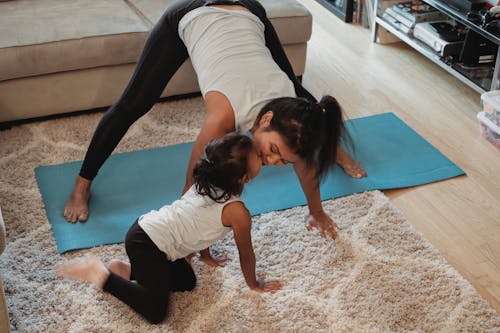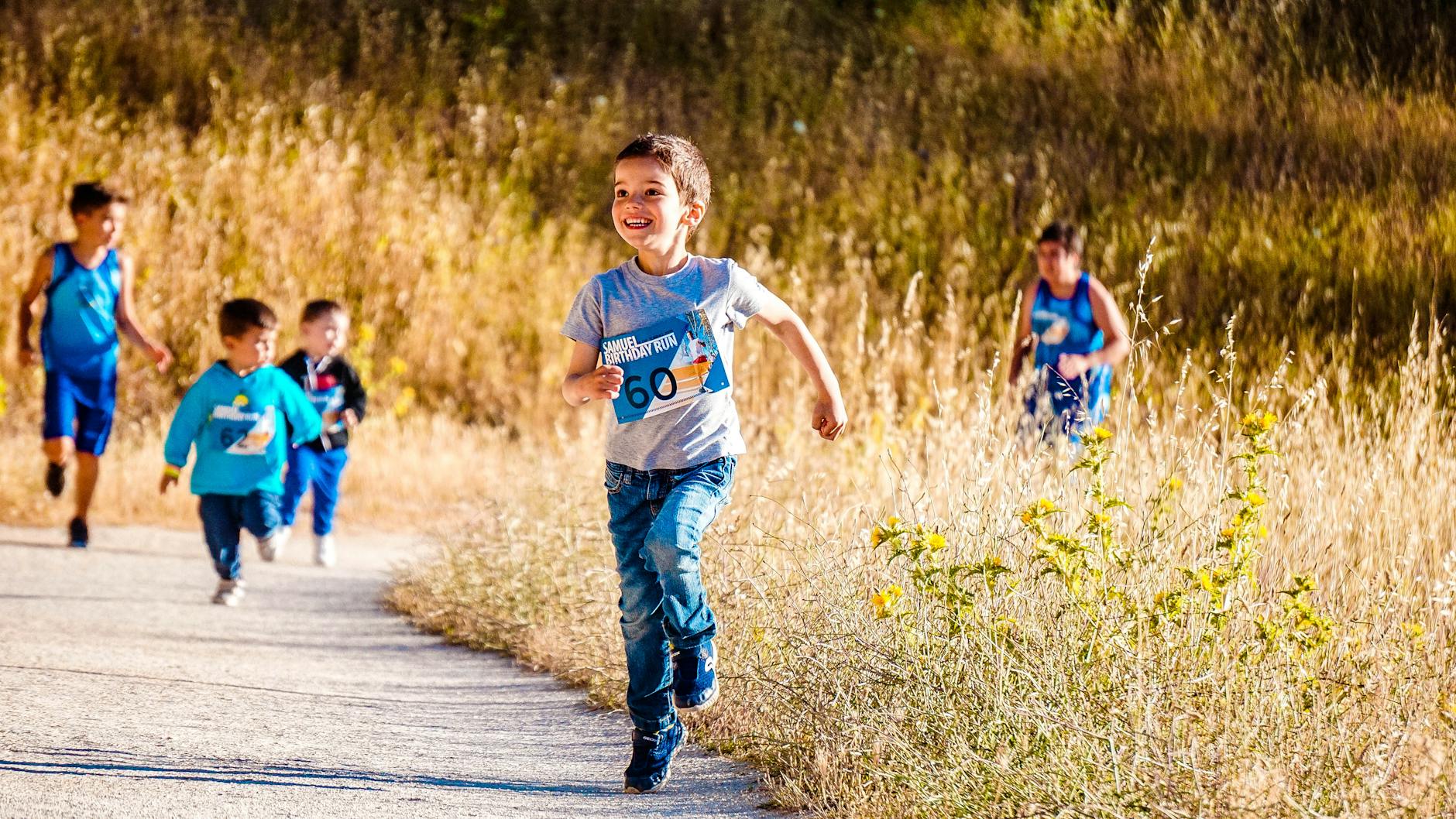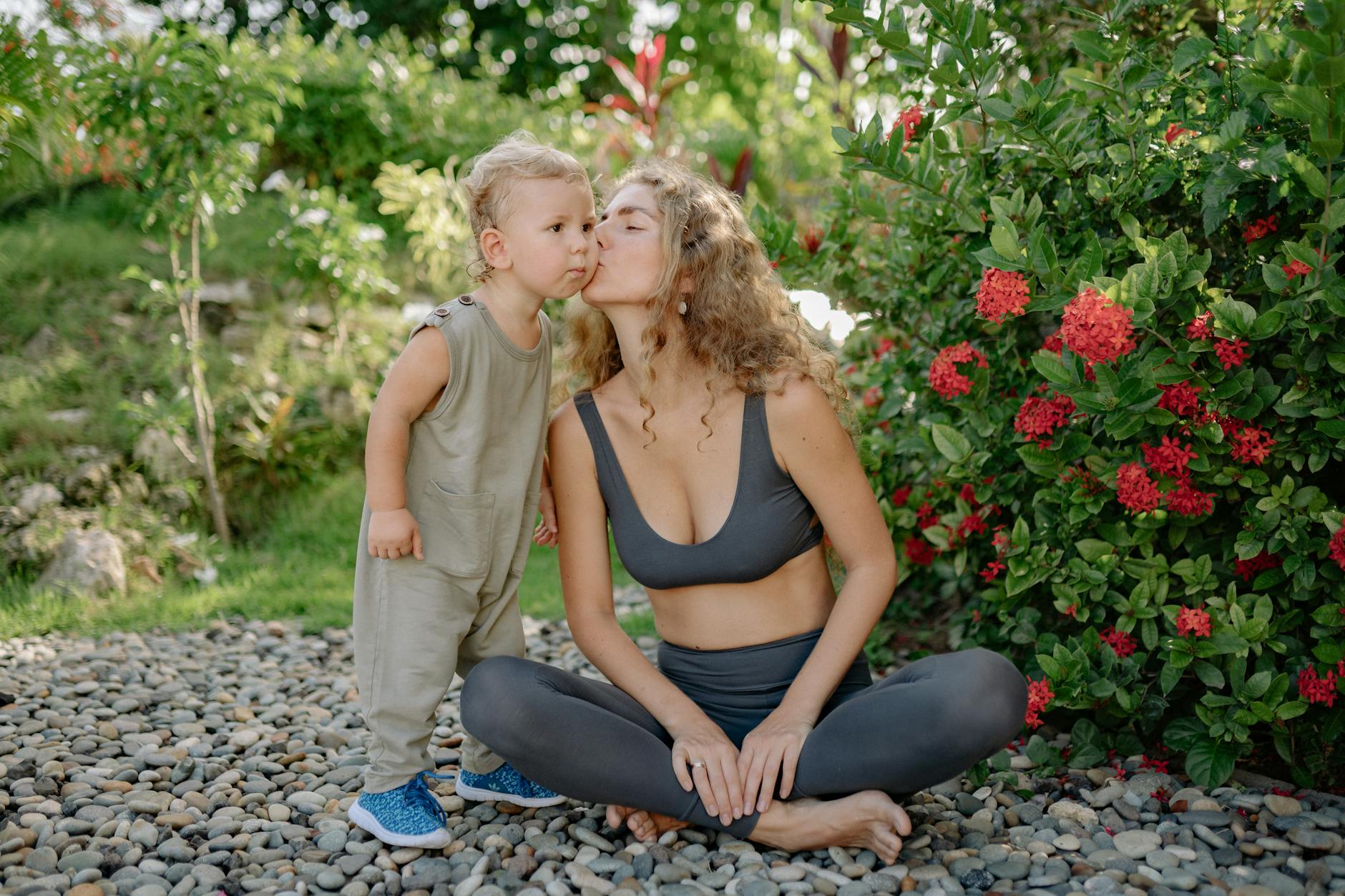Table of Contents
Specialists suggest that children get somewhere around an hour of moderate-to-fiery exercise every day. Why?
Such exercises are vital for cardiovascular wellbeing. However, practice for youngsters is significant for different reasons as well. It seems to invigorate cerebrum development.
It helps kids concentrate and adhere to an arrangement. It might even make it simpler for youngsters to learn.
Where’s the Proof?

The story starts with investigating mice.
Heart stimulating exercise and the cerebrum
Henriette van Praag and her partners needed to realize how standard, vigorous exercise may influence the mind. So they exposed mice to various living game plans:
A few mice were haphazardly allocated to live in confines that included running wheels. These mice were allowed to run at whatever point they loved.
Different mice were haphazardly allocated to live in confines that needed running wheels. They could walk about their enclosures, and play with their kindred enclosure mates. Yet, that was all.
What Was the Deal?
The mice with admittance to running wheels made the most of the chance to work out. What’s more, contrasted and their less dynamic partners, they encountered a sensational distinction in the hippocampus — a piece of the mind that is related to learning and memory
Specifically, the scientists analyzed a hippocampal structure called the dentate gyrus, where recollections are framed and reinforced. Furthermore, the distinction?
The dynamic mice had developed all the more new synapses after some time. By about a month, they had twice as many new synapses in the dentate gyrus as did the less dynamic mice.
There Were Utilitarian Contrasts as Well.

The mice who had practiced performed better on a spatial learning task. What’s more, in a subsequent analysis, van Pragg’s group observed that the neurons of truly dynamic mice acted unexpectedly.
They could support longer episodes of “long haul potentiation,” an interaction that fortifies the associations between neurons (van Pragg, Christie, et al 1999).
What can clarify these changes? How might oxygen-consuming activity produce these outcomes?
Exercise is known to further develop a state of mind. So maybe creatures learn better when they feel much improved.
In Any Case, There’s More Continuing.
Vigorous exercise advances cardiovascular wellness, which, thus, advances the development of fresh blood vessels and further develops course in the cerebrum.
Also, many years of examination affirms that oxygen consuming activity can:
help levels of cerebrum determined neurotrophic factor , a substance fundamental for the development of synapses;
Animate Neurogenesis

OK, so shouldn’t something be said about practice for kids? How does practice influence a youthful human mind?
A ton of the examination about exercise and cerebrum work has zeroed in on nonhuman subjects. However, researchers have likewise found proof that actual exercise influences the cerebrums of human kids (Herting and Nagel 2012; Chaddock-Heyman et al 2014).
For instance, think about the hippocampus, the piece of the cerebrum that reacts to practice in mice.
In kids, we see a fascinating example: The more in great shape a kid is, the bigger their hippocampus will in general be.
Furthermore, it isn’t only an issue of mind volume. There are likewise connections with learning and memory.
In one review, scientists assessed the wellness of youngsters by estimating their maximal oxygen during an exercise.
They likewise examined the teenagers’ minds utilizing utilitarian attractive reverberation imaging, and they tested children with a spatial learning task (Herting and Nagel 2012).
How did kids look at? Not exclusively did the most in great shape youngsters have greater hippocampal volumes. They additionally performed better on the spatial learning task.
In another review, scientists oppressed 9-and 10-year-old kids to a treadmill test to evaluate their actual wellness. Then, at that point, they requested that the children retain new spots on a guide.
During the underlying remembrance meeting, kids adapted similarly well, paying little heed to their actual wellness level.
In any case, when youngsters were tried on their maintenance the next day, profoundly fit people beat kids with lower wellness levels (Raine et al 2013).
Then, at that point, there’s the proof concerning “leader capacities” – the abilities we use to concentrate, plan, and keep on top of evolving conditions.
- Chief capacities are the intellectual capacities we depend on to control our conduct.
- They grant us to focus, keep on track, and shuffle data in working memory.
- They assist us with limiting our driving forces and adhere to an arrangement.
As you would expect, chief capacities are connected with higher scholastic accomplishment. They’re connected with better monetary and emotional well-being results, as well
Furthermore, there’s motivation to feel that actual wellness can upgrade a portion of our chief capacities. Why?
To comprehend the proof, we should investigate one proportion of leader work — the purported “flanker task.”
The flanker task: How analysts measure your capacity to focus and sift through interruptions
It Works LikeThis.

I show you a picture like this column of fish, and I request that you demonstrate (by squeezing a button) regardless of whether the focal figure in the line is highlighting the left or to the right.
Not troublesome, eh? Particularly here, where both the focal fish, and the encompassing fish are on the whole pointing a similar way.
In any case, in the normal flanker task, you’ll be approached to check out many, many pictures, and in some cases, you’ll see pictures where the focal figure and flanking figures are pointing in restricting ways:
So you can perceive how this gets precarious. The course of the focal fish doesn’t just change — capriciously starting with one picture then onto the next.
There are likewise many “incongruent” preliminaries, where the flankers are diverting you by pointing the other way.
Furthermore, we’re particularly inclined to make blunders on the incongruent preliminaries. At the point when we see every one of the flankers highlighting the right, our first drive might be to hit the “right” button, in any event, when that is some unacceptable reply.
- To perform well on the flanker task, we want to
- concentrate,
- sift through unimportant subtleties, and
- repress our quick, automatic reactions.
These are exemplary leader capacities. So who performs well on the flanker task?

I’ve effectively referenced that chief capacities are connected with higher scholarly accomplishment, and this applies to flanker tasks.
Children who excel on the flanker test will generally acquire higher grades in science and language abilities
Also, it’s enjoyable to note: Jet military pilots have unrivaled exactness on the flanker task
Be that as it may, what truly interests us here is another gathering — kids who are in great shape.
Kids who are in great shape perform with more noteworthy precision on the flanker task, and their minds react unexpectedly, as well: Kids with more significant levels of wellness distribute more cerebrum assets to consideration and working memory during the flanker task
So we have a ton of fascinating examples. Would we be able to reason that actual wellness causes helpful cerebrum development? Learning and memory improvements? Enhancements in chief capacity?
The trouble is that these investigations report connections as they were. They can’t demonstrate causation. For that, we want randomized, controlled investigations Furthermore, lately, there have been a few.

